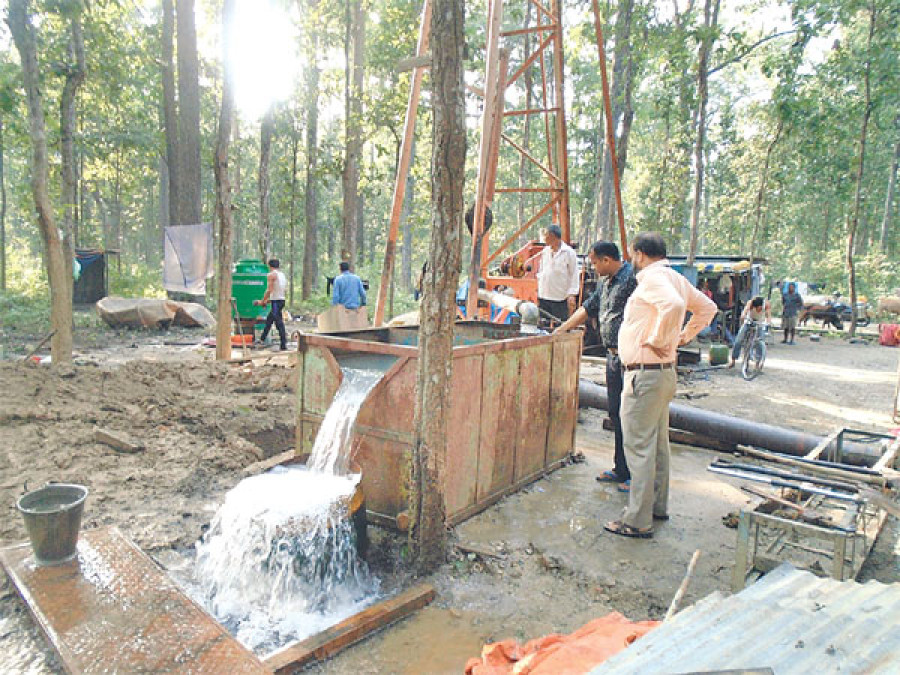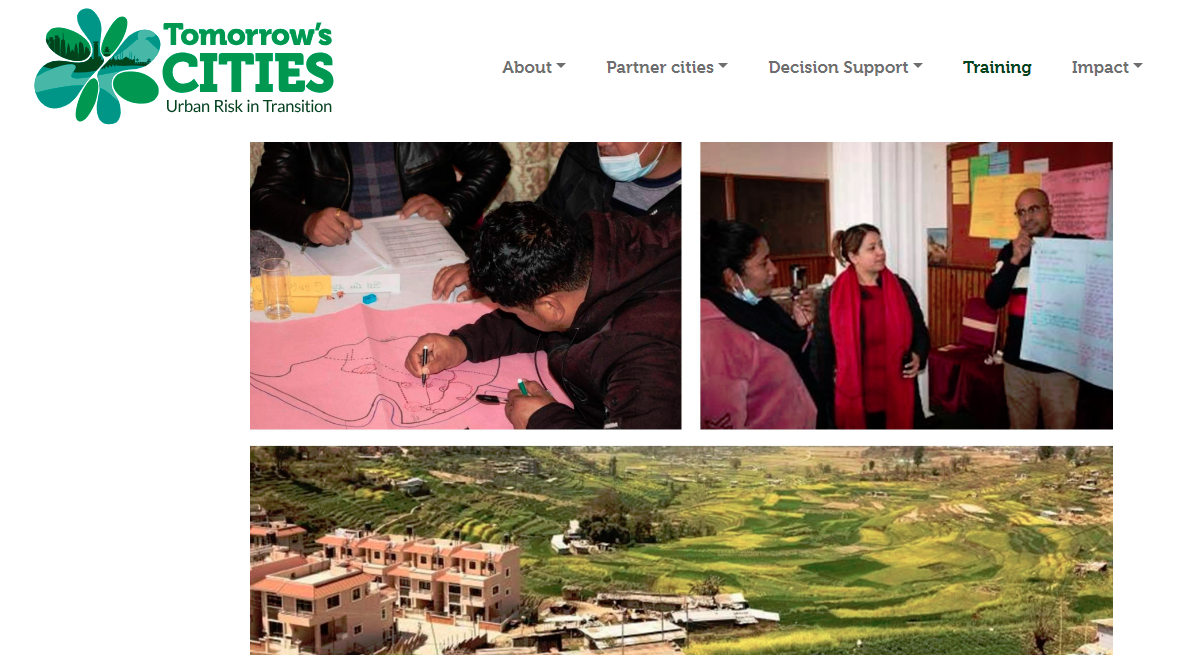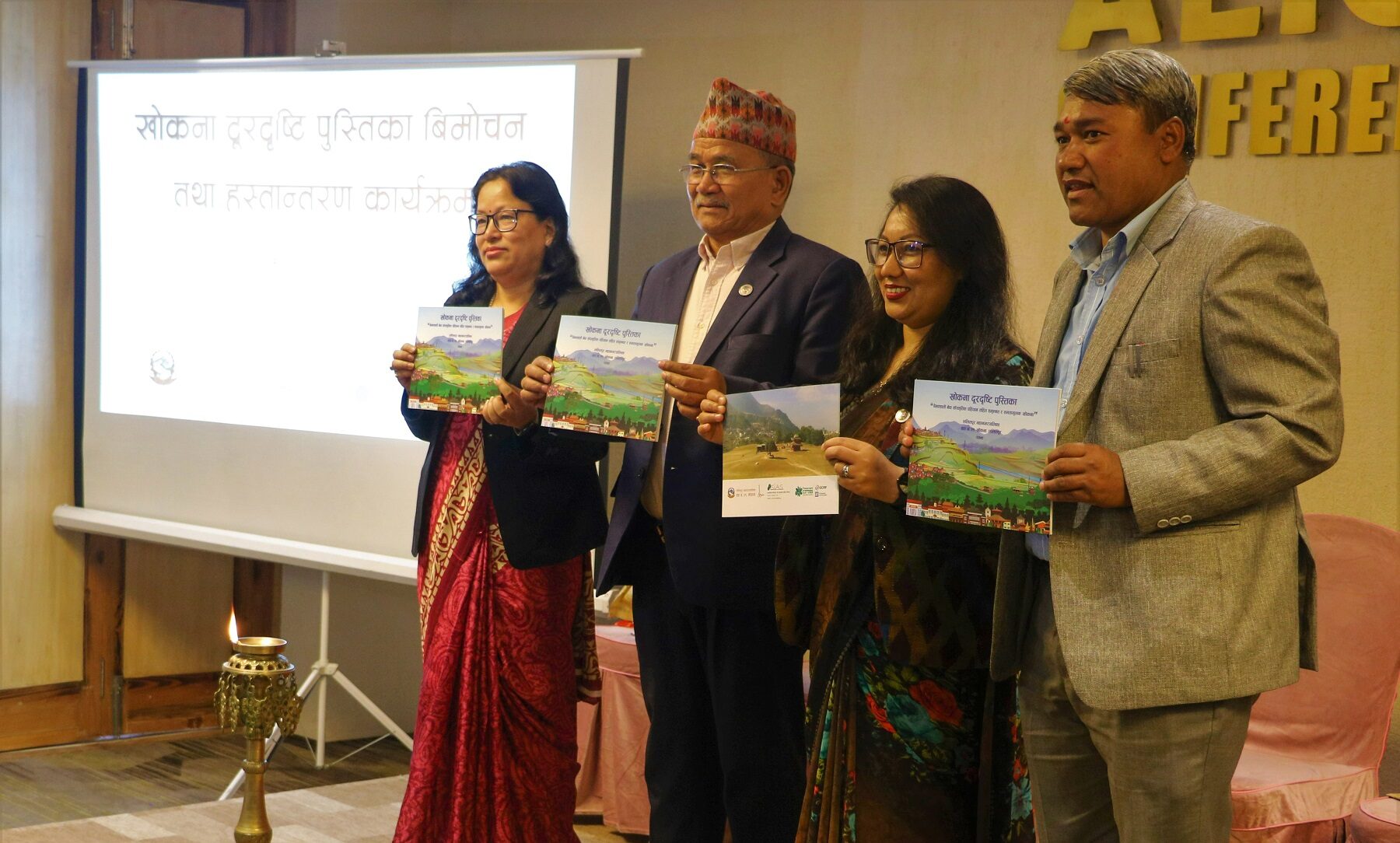Small and medium-sized cities are highly prone to water insecurities
Climate change, rapid urbanisation and drying up of natural springs have worsened water crisis in Dharan and Dhulikhel. Another study finds Dharan among cities along the Himalayan foothills facing water insecurity. Post File Photo
Another study finds Dharan among cities along the Himalayan foothills facing water insecurity. Post File Photo
For Subarna Shrestha, a resident of Dharan Sub-metropolitan City, water shortage has become a significant problem in the last decade. Rainy season offers the much-needed respite, but once the dry season sets in, residents grapple with water scarcity. “It has been nearly 15 years since we started facing water crisis in the city,” Shrestha told the Post. “Now, we don’t have any option than to buy water from tanker owners. A tanker of water costs Rs2,500-Rs3,000.” Even the tourism sector has been affected in Dharan, according to Shrestha, who is also a former president of the Hotel Association of Dharan. Small to medium-sized cities like Dharan in the Himalayan region of Nepal and India, which are witnessing unchecked urbanisation, increasing population, changing lifestyles of residents, coupled with adverse impacts of climate change, are becoming prone to water insecurity, according to a three-year-long study.
Likewise, discharge of water from Rosi Khola has been decreasing at 0.01 cubic metre per year as per the data of the last 44 years.
“These numbers may look small but they are significant. With the increasing impacts of climate change, Rashi Khola cannot be a sustainable source for Dhulikhel area,” said Dahal. “Likewise, for improving water situation in Dharan, it needs immediate intervention. Otherwise, the crisis will only worsen for Dharan residents and downstream settlements like Biratnagar and Itahari.” Unless city-specific climate adaptive and equitable water supply measures are employed effectively, water security issues will be more challenging in years to come, researchers warn.
When climate adaptive measures like recharge ponds were created for revitalising natural springs in the Dhulikhel area, a steady increase in water discharge volume had increased in 10 local springs.
Similarly, Dharan Sub-metropolitan City, which has already prioritised rainwater harvesting for its residents, also introduced a policy of making groundwater recharge pit mandatory for new private and public houses in a bid to mitigate water scarcity.
“The findings of this study have helped us realise the value of groundwater recharge system. We will be introducing a policy that makes it mandatory for houses with more than 20 rooms to have rainwater harvesting system and wastewater treatment plant,” said Dhulikhel Mayor Ashok Byanju. “Water spouts and ponds conservation will be prioritised. Rosi Khola watershed area will be better managed because dying of water resources will affect not only Dhulikhel but also Banepa residents.”
According to Shrestha, a resident of Buddha Marga, locals of Dharan will have a severe future fighting for water needs.“Rainwater harvest has been popular, but locals hardly know how to keep water for a long time,” said Shrestha.“For families like mine with 15 members, water will be a big headache in the future.”
Available at : https://kathmandupost.com/national/2019/09/01/small-and-medium-sized-cities-are-highly-prone-to-water-insecurities
Published on The Kathmandu Post September 1, 2019
Chandan Kumar Mandal is the environment and migration reporter for The Kathmandu Post, covering labour migration and governance, as well as climate change, natural disasters, and wildlife.




